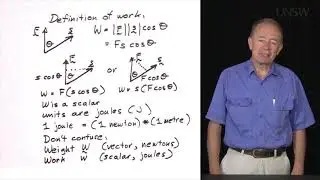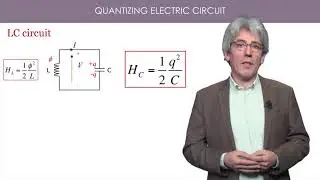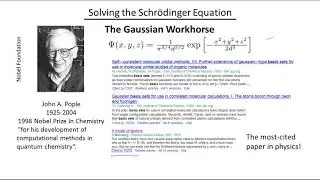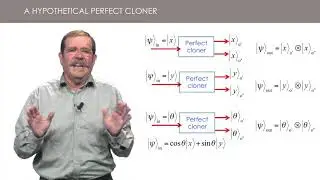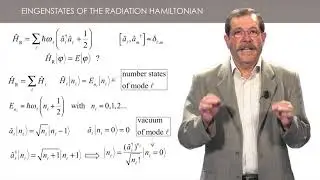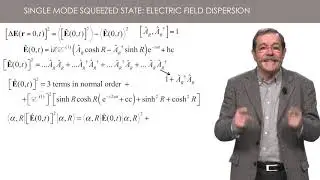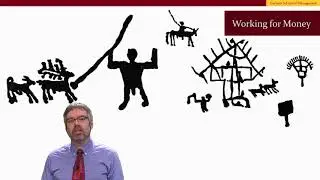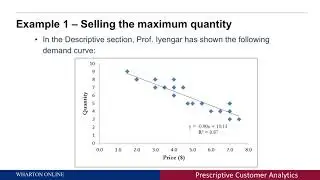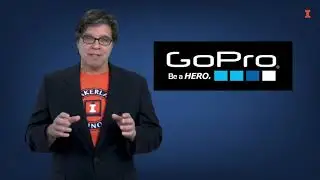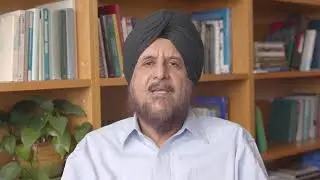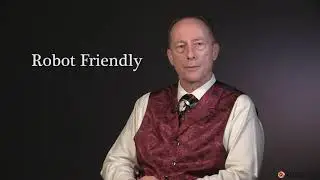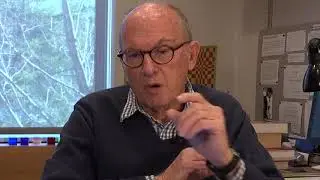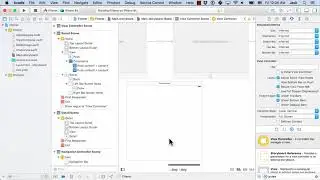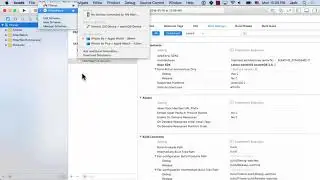Lesson 6.1: What is Work? - Mechanics: Motion, Forces, Energy and Gravity, from Particles to Planets
Link to this course:
https://click.linksynergy.com/deeplin...
Lesson 6.1: What is Work? - Mechanics: Motion, Forces, Energy and Gravity, from Particles to Planets
Most of the phenomena in the world around you are, at the fundamental level, based on physics, and much of physics is based on mechanics. Mechanics begins by quantifying motion, and then explaining it in terms of forces, energy and momentum. This allows us to analyse the operation of many familiar phenomena around us, but also the mechanics of planets, stars and galaxies.
This on-demand course is recommended for senior high school and beginning university students and anyone with a curiosity about basic physics. (The survey tells us that it's often used by science teachers, too.)
The course uses rich multimedia tutorials to present the material: film clips of key experiments, animations and worked example problems, all with a friendly narrator. You'll do a range of interesting practice problems, and in an optional component, you will use your ingenuity to complete at-home experiments using simple, everyday materials.
You will need some high-school mathematics: arithmetic, a little algebra, quadratic equations, and the sine, cosine and tangent functions from trigonometry. The course does not use calculus. However, we do provide a study aid introducing the calculus that would accompany this course if it were taught in a university.
By studying mechanics in this course, you will understand with greater depth many of the wonders around you in everyday life, in technology and in the universe at large. Meanwhile, we think you'll have some fun, too.
The course is very useful and is presented in a pleasant way so that we can understand the subject matter clearly and use them in solving real world problems.,Very informative course and the way the speakers voice out the lesson is not boring and it makes us more energetic to learn Phyiscs
In week 6 we explore work and energy, then power – the rate of doing work. We'll use work and Newton's second law to derive the quantity called kinetic energy. Looking at where work comes from, we'll distinguish two sorts of force – conservative and non-conservative. That will allow us to introduce potential energy and mechanical energy. Power is the rate of doing work. We'll spend some time relating these quantities and their units to your everyday experience, relating Joules to kilowatt hours (the unit used by electricity companies) and kilowatts to horsepower and to human power.
Lesson 6.1: What is Work? - Mechanics: Motion, Forces, Energy and Gravity, from Particles to Planets
Copyright Disclaimer under Section 107 of the copyright act 1976, allowance is made for fair use for purposes such as criticism, comment, news reporting, scholarship, and research. Fair use is a use permitted by copyright statute that might otherwise be infringing. Non-profit, educational or personal use tips the balance in favour of fair use.












